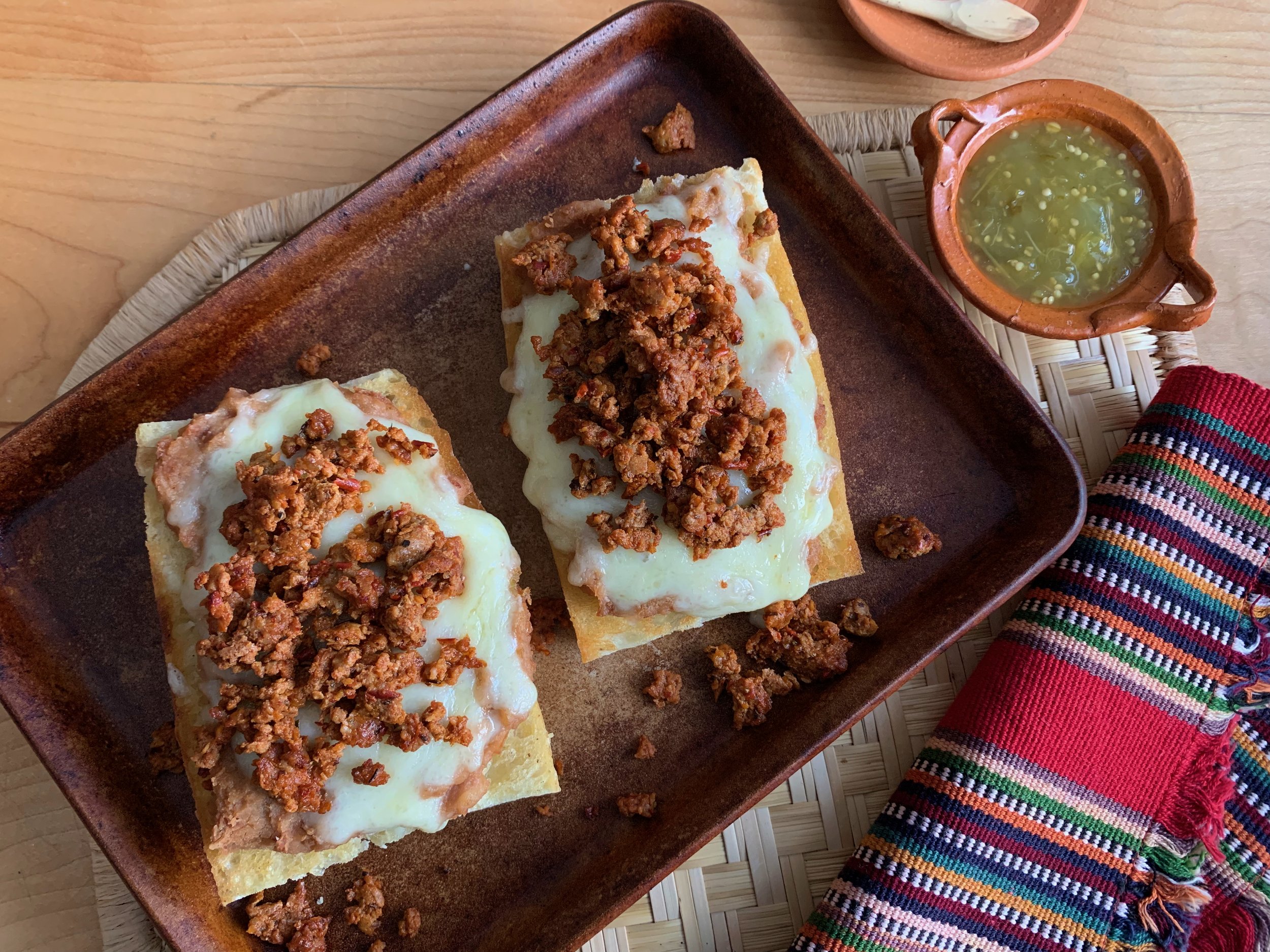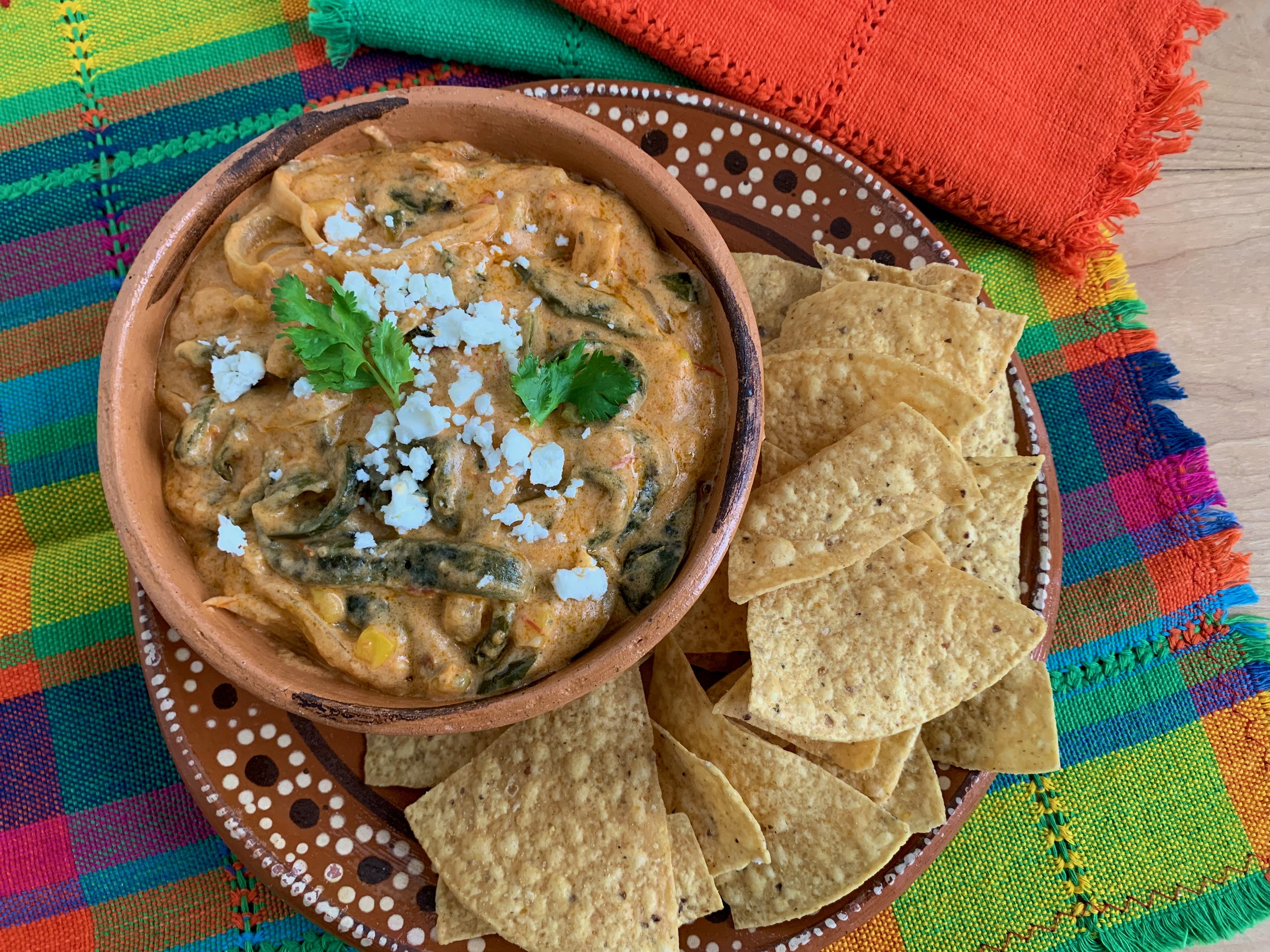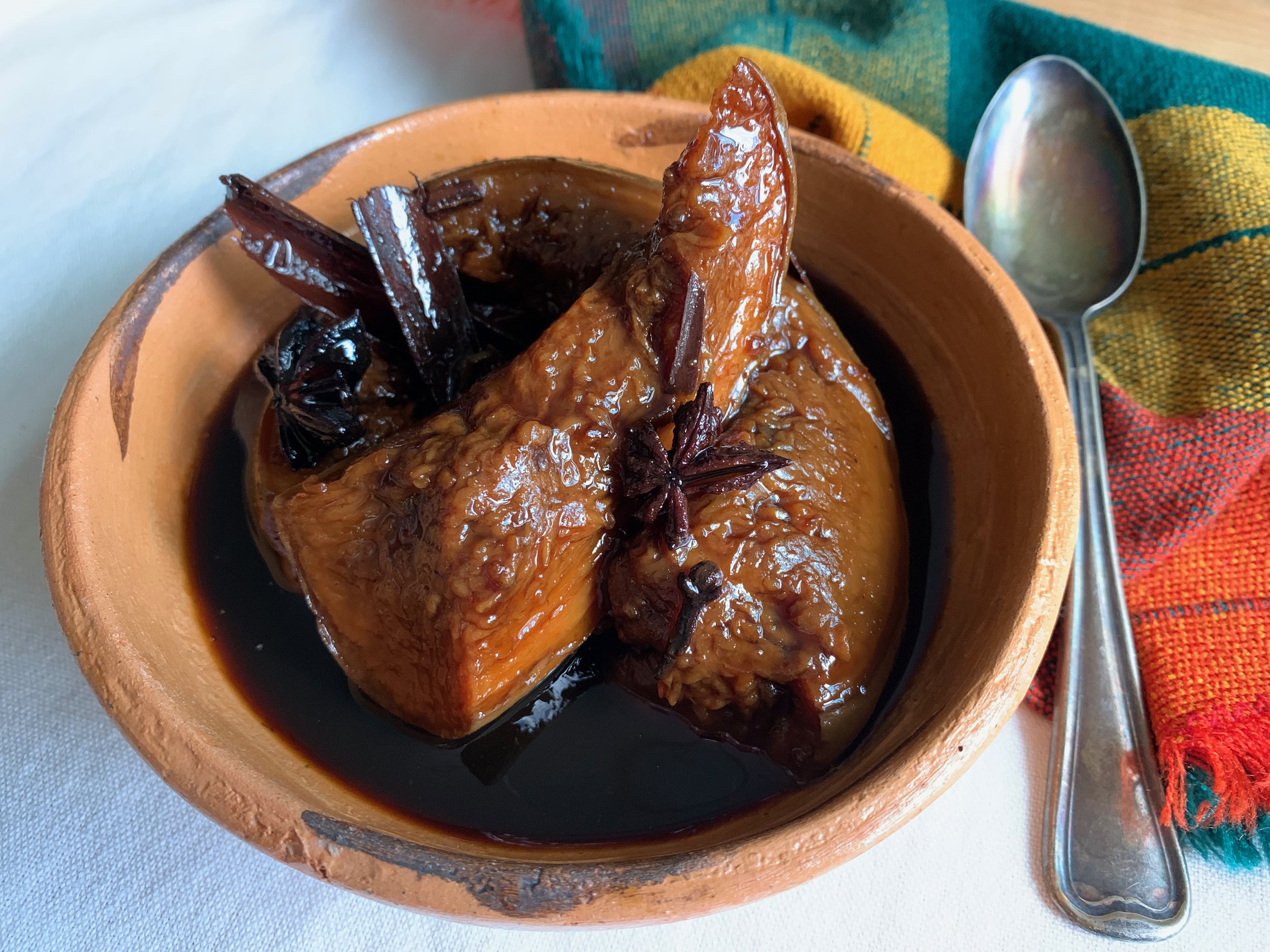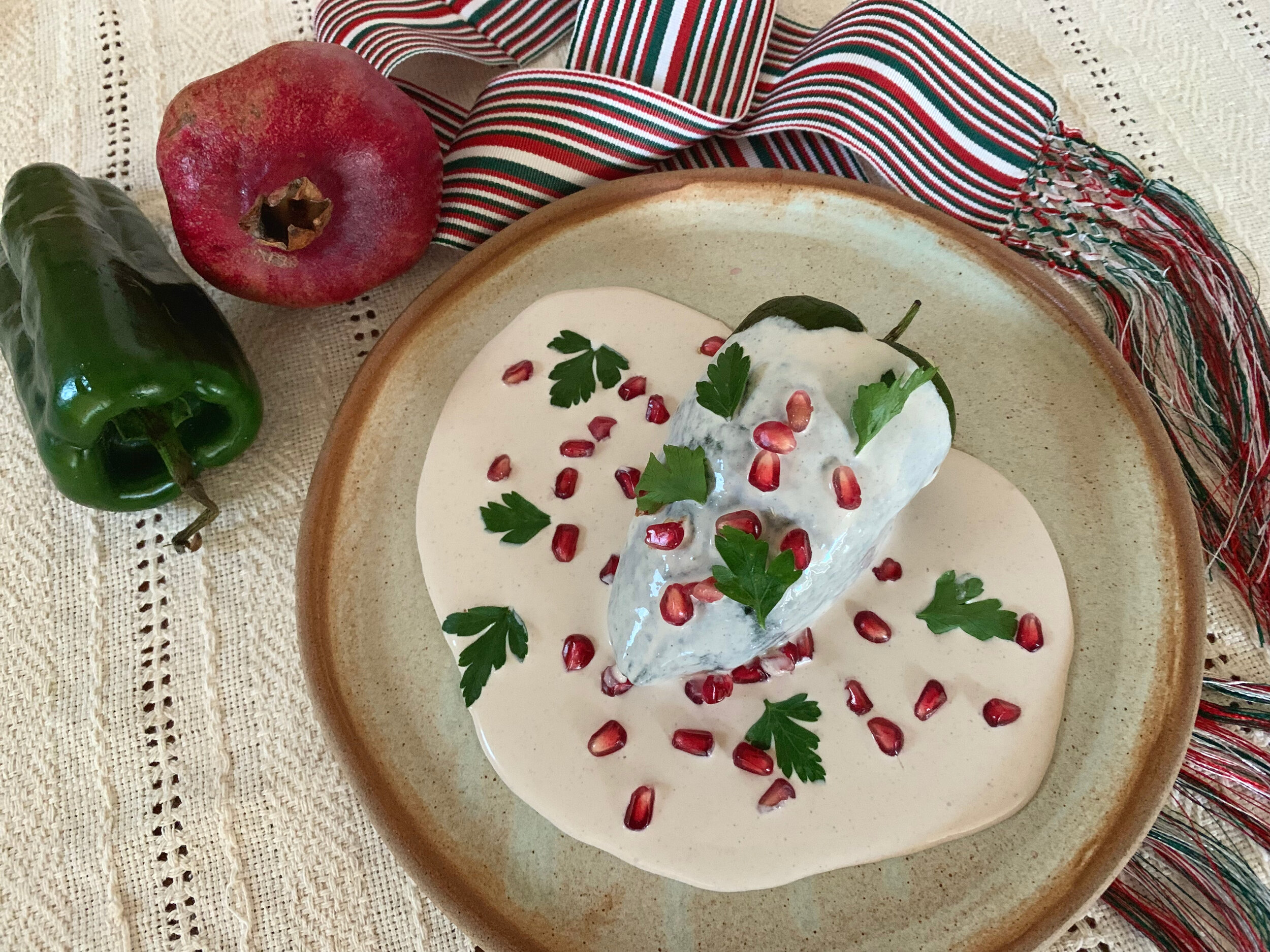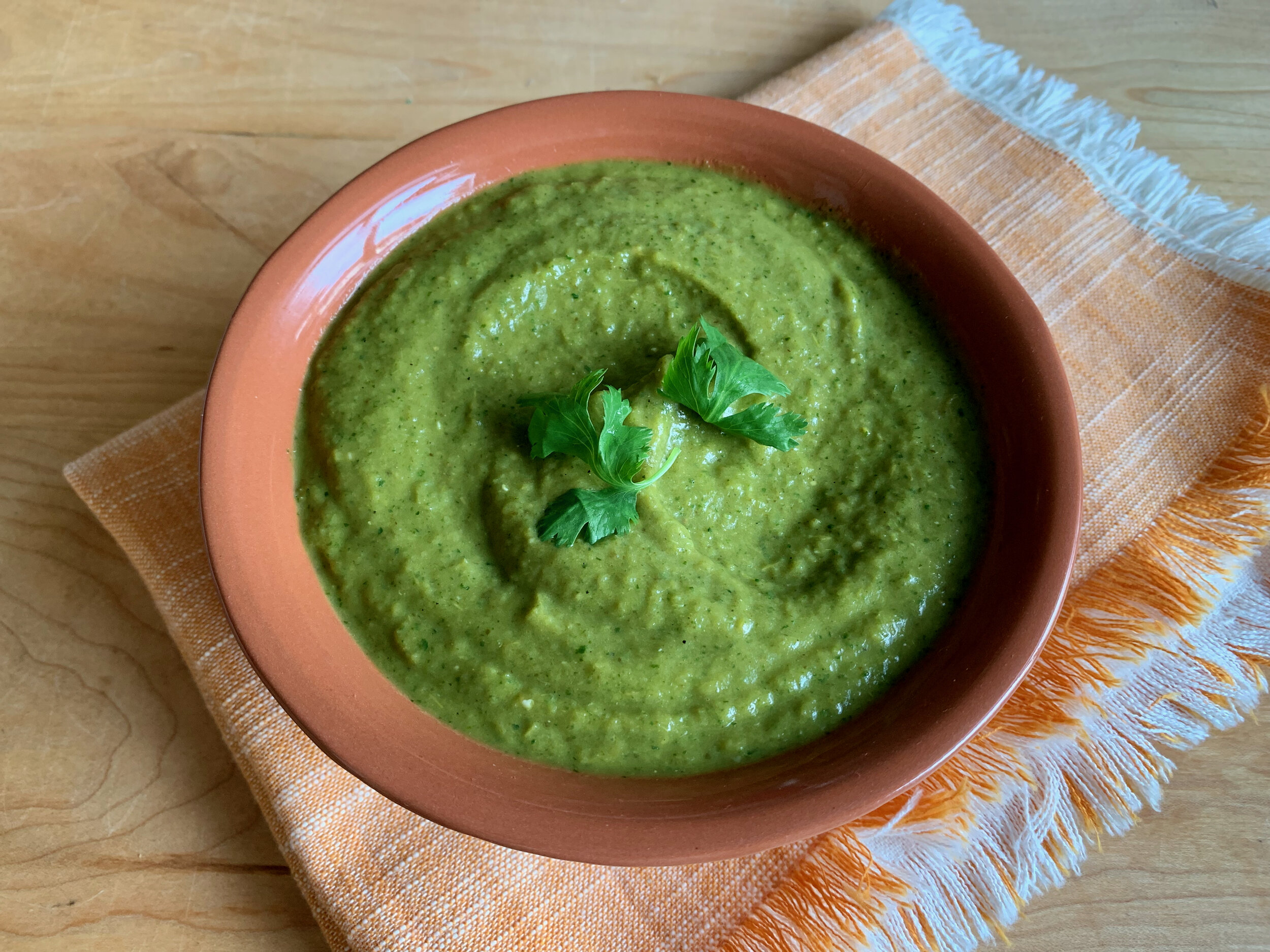Molletes, the Mexican kind, are one of the simplest things you can make, but they are absolutely delicious. Growing up, we had them pretty regularly, the same way as many of you probably had grilled cheese sandwiches as part of your weekly quick meals. We come back to the fact that we use our most common ingredients - in this case beans - in every way possible, whether in a tortilla or bread, as in the case of Molletes.
In one of my trips back home to Monterrey, my sister took me to a really great place, located across from one of the city’s most famous but now defunct factories - Fundidora de Fierro y Acero de Monterrey. This was a foundry that started operations in 1900 and employed hundreds of workers. This factory had the very first blast furnace in Latin America and for years produced hundreds of tons of steel, railway parts and steel columns among other things. Since this factory had hundreds of workers, restaurants popped up around it and one of those was Restaurant Rubio, fondly called “El Rubio”.
When we walked in, it was like stepping back in time. The place has not changed at all, and by that I mean that it looks and feels like we’re back in 1949, when it opened its doors. The food at El Rubio is old fashioned and simple, but that does not mean it’s not delicious! They are famous for their Liver and Onions, their Pan Dulce baked in house and their Molletes, which is what we were after. Traditional molletes are made using a type of bread called “bolillo”, a small bun with a semi-hard crust and soft crumb. It is what we make Tortas with and it is one of the most common breads in Mexico. At El Rubio, they slather the bread with butter, grill it, then spread with well seasoned pinto beans, then top with tons of melting cheese and broil. You can order them with or without a crown of chorizo and let me tell you, they are absolutely delicious. Very well worth the trip.
At home, we simply made molletes by spreading bread with the beans, topping with cheese and baking until cheese is bubbly, but I have to say, if you have 5 more minutes to spare, it is very well worth adding the grilling part first. The end result will be even more delicious!
Now, not everyone has access to bolillos, so use whatever bread you have on hand. I’m using baguette here, but Portuguese buns are delicious, if you can find them. Pinto beans, refried, are traditional, but these are equally delicious with refried black beans. For the cheese, in Mexico we would use Asadero, Chihuahua or Menonita, but elsewhere, use whatever white melting cheese you have available. I love using Havarti or Monterey Jack, which are similar to Mennonite. Cooked chorizo can be mixed in with the beans or used as a topping, and it is optional if you don’t eat pork (but it is really good!!). Last but not least, you need a good salsa to eat these with - typically they are served with Pico de Gallo, but top it with your favourite one and get ready to enjoy an iconic Mexican meal.
MOLLETES ESPECIALES
Baked bread with beans and cheese
1 tsp vegetable oil
1/2 cup chopped onion
1/2 cup raw Mexican chorizo
2 Bolillos, baguette or bread of your choice
2 Tbsp softened butter
1 1/2 cups refried pinto or black beans
2 cups Havarti, Monterey Jack or Brick cheese, grated
Salsa of your choice
In medium frying pan heat oil and cook onion until translucent. Add chorizo and cook, breaking it up, for about 5-7 minutes or until pork is cooked through and it starts to get crispy. Reserve.
Split bolillos in half horizontally and spread butter on them. Heat frying pan or griddle over medium heat and place buns buttered side down. Cook until golden, 2-3 minutes.
Spread beans over grilled bread. Sprinkle cheese on top. Place on baking tray and bake in at 350°F until cheese is melted, 10-12 minutes. Once cheese is melted, top with chorizo and place under the broiler for 1 or 1 1/2 minutes, only until cheese is starting to brown.
Serve warm with your favourite salsa.
Serves 2.


